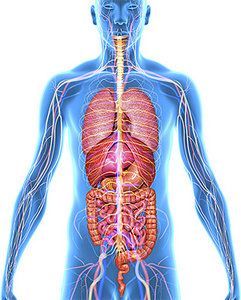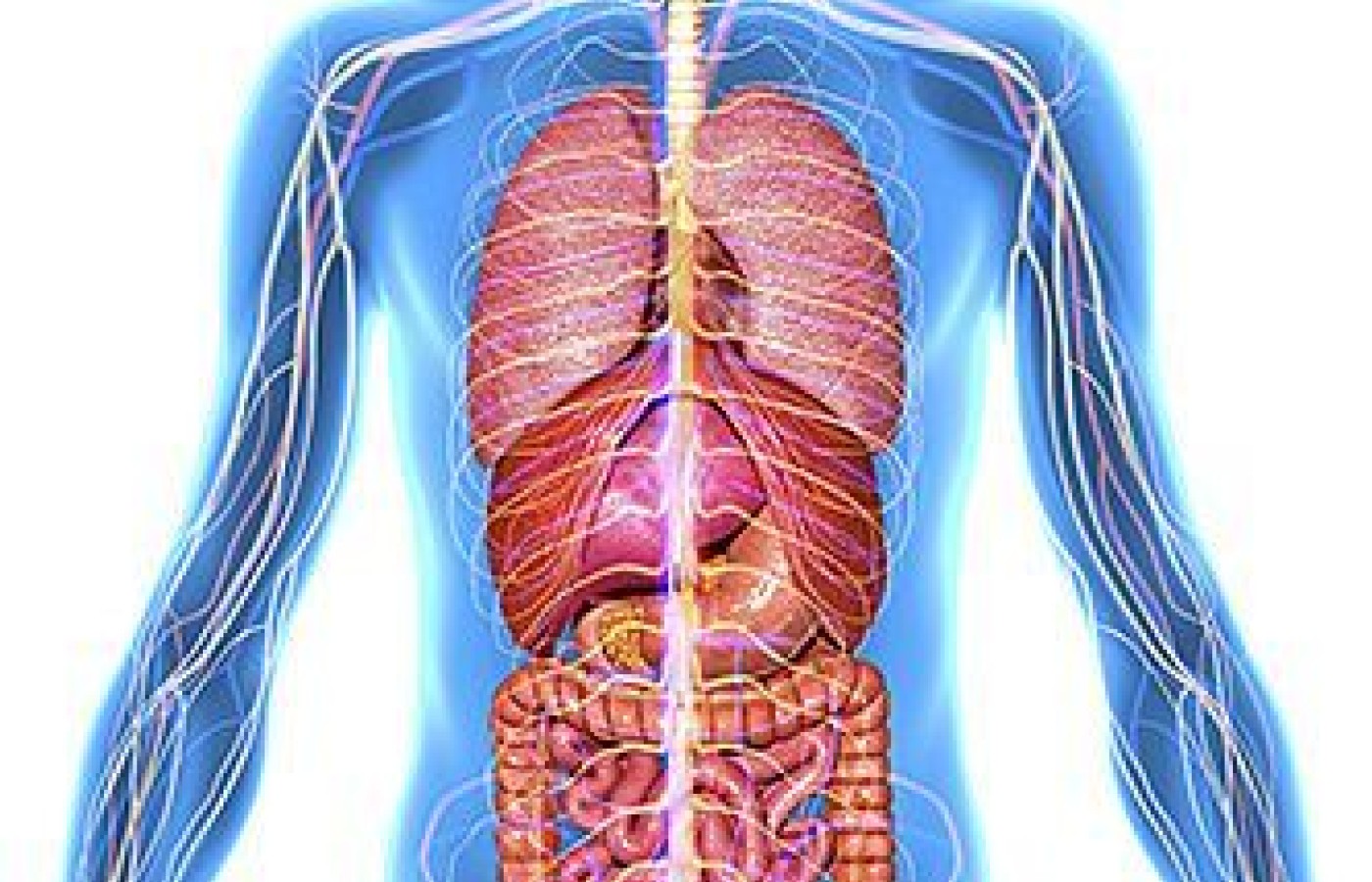Whether you accept it, avoid it or live somewhere in between, insurance coverage has become a defining issue for our profession. Patients increasingly expect to use their benefits, practitioners want to be compensated fairly for their time and expertise, and the system itself remains – at best – fragmented. The encouraging news is that coverage has expanded in meaningful ways. The challenging news is that reimbursement, across the board, remains inadequate.
Exploring and Learning from the Gift of Life
I'm grateful to have had the opportunity to teach cadaver dissection classes and workshops with Stephen Cina at the New England School of Acupuncture over the past seven years, first through the Sports Medicine Acupuncture Program and later as a NESA elective course. We use unpreserved specimens that are flash frozen with no exposure to chemical preservatives so the tissue closely reveals the reality of the living body. In our classes, we utilize the specimen to the fullest extent. We examine tendons, ligaments, bones, disks, and menisci in situ and in cross section. We experience the strength of these structures by placing them under stress. I once cut through a sacroiliac joint with a scalpel, it took 20 minutes and I was dripping with sweat when finished. But this joint has a demanding job in the body, so it has to be strong. It's amazing how well we are put together and how each structure is uniquely designed for its purpose. I'd like to share with you four things that have changed the way I look at the human body.
First
The first is the arterial system and the nature of arterial plaque. I had always imagined plaque to be similar to lard and you do find that, but when they say "hardening of the arteries," it's not an abstract concept. Our specimens ranged in age from 50 to 101, and most have had plaque, many to a degree that I find remarkable. Sometimes it forms pebbles embedded in the arterial wall, some small, some quite large and generally rough and lumpy. Sometimes it forms long needle-like shards of calcified plaque that are sharp as a needle and can easily pierce the skin through a glove. When you grasp the outside of an artery that contains this type of plaque and squeeze, you feel and hear it breaking under your fingers, like a muffled version of the sound of walking on thin ice on a winter sidewalk. Some of the thicker shards are strong enough that they are difficult to break with your fingers, and some of the pebbles are as dense as the pebbles in your driveway. We have seen arteries such as the common iliac or femoral artery, so densely filled with plaque that you wonder how any blood got through at all. In some cases, expansion of the artery during systole must have been the only way for blood to move past the obstruction.

One dissection was a woman who lived to the age of 90. I often discuss with the students what we're going to see, and due to her age, I felt confident that we would see some significant arterial plaque. However, much to my delight, this 90-year old woman had beautiful arteries, they were clean, elastic and completely free of plaque. We removed the heart so students could hold it and feel the strong rubbery consistency of the heart muscle. When I held her heart, I was deeply moved. Time stood still and I could feel her spirit. Then it was time to pass the heart to the next person.
Second
I'd like to talk about the spine. There is such a remarkable difference between a healthy spine with thick disks and a spine in the advanced stages of degeneration where the disks have compressed and dried out. Healthy disks have thick, strong rings of tough annulus fibrosus with a nucleus pulposus that looks like thick creamy yogurt. In a spine with advanced spondylosis, you see the bone spurs that have tried to shore up the spine, while the disks are thin, dry and brittle. Stretching and exercising the spine is so important, keep your disks supple and hydrated with movement and fluid intake. Sit less and move more.
Third
I'd like to talk about fascia. Through the work of Luigi and Carla Stecco1 and many others, fascia has been analyzed to a degree never imagined just a few decades ago. During dissection, one can simply marvel at the interconnection and at the endless variation in how fascia responds to movement and muscular contraction. Fascia creates a complex web of connection throughout the body, and provides sensory and proprioceptive input to the nervous system. Fascia allows us to be far stronger than we would be with muscles alone.
As many have said before me, traditional anatomy books were made by people who removed the fascia to get at the muscles, never appreciating the interdependent relationship between them. Some muscles, like the erector spinae, vastus lateralis, and gastrocnemius have strong thick bands that resemble strapping tape. These structures provide great tensile strength and store energy when elongated, only to release it upon shortening. Fascia responds to the stresses it encounters, including elongation, compression and torsion. In one male specimen the suboccipital muscles had numerous thick bands of supporting fascia so strong they were like thin pillars of bone. I wondered if he had been a wrestler as I could imagine him doing neck bridges. In others, the suboccipital muscles are soft and almost mushy. Muscles will atrophy when not put to use. A recent specimen was from a woman inactive at the end of life, her multifidi were about 70% fat. The infraspinatus muscle is one of my favorites for observing fascia. I always look forward to carefully exposing its surface where you often see circular swirls and curving lines of fascia going out in many different directions, to accommodate complex, multiplanar movements.
Fourth
Let me briefly mention the organs. The stomach wall is much thinner than I had imagined it. It's thin and stretchy and the mucosal layer internally is also much less formidable that I expected. I'm more careful now not to stuff my stomach with excess food. The Chinese have a saying "eat until 80% full." It's good advice. The intestinal walls are much thinner than the stomach, thin enough that you can easily see through them to the waste within. When you see the intestines in all their blue-collar glory, fasting and cleansing seems like a smart idea. Abdominal fat stores toxins to a greater extent than fat in other parts of the body. People who had chemotherapy shortly before death often have greenish abdominal fat with a toxic chemical smell, while fat on the rest of the body appears normal. The greater omentum also seems to reflect overall health. It too absorbs chemical toxins, and in smokers is gray, dry and shriveled, when it should be moist, yellow and bright. In smokers you can smell the cigarette smoke as you expose the greater omentum, almost as if someone in the room were smoking. There is a vast difference in the appearance of healthy and unhealthy organs. Healthy organs are brightly colored, there is a vibrancy and integrity to the tissue. They look beautiful.
Changed My View
I lead a healthy lifestyle, but doing dissection has changed how I look at myself and how I look at others. We all have an inner reality, but we focus on the outer. At this moment, your bones, muscles, organs, nerves, and arteries all have a reality that is partially hidden from you. We've all heard stories or had patients who suddenly experienced chest pain, went to the doctor only to find that their coronary arteries were 90% blocked. Maybe they were feeling fine up to that moment. The body does a remarkable job of coping with the constraints and stresses of life and lifestyle, until it can't.
I've always been a people watcher and as a structure and movement specialist I look at how people stand, sit and move. Now there's an added dimension, I picture what people look like on the inside. I visualize spinal degeneration, picture the pitting of osteoarthritis and the joint destruction of rheumatoid arthritis. I have seen metastatic colon cancer that colonized the entire abdomen, and the blackened lungs of smokers who died of lung cancer. I picture the many different kinds of fat in the body, how different it looks in different areas, and how much it varies between body types. I feel and imagine the fascia, resilient and protective in active athletes and less than it could be in sedentary individuals.
We begin and end every class with a ceremony of gratitude for the individual who donated his or her body to further the education of others. Maybe they did it years before death, maybe shortly before. These people took the time to think of others not only in their lives, but afterwards. If I can see into the body it is because of these generous individuals, and I am forever grateful.
Reference:
- "Fascial Manipulation: Practical Part," Luigi & Carla Stecco, Piccin, 2009.



